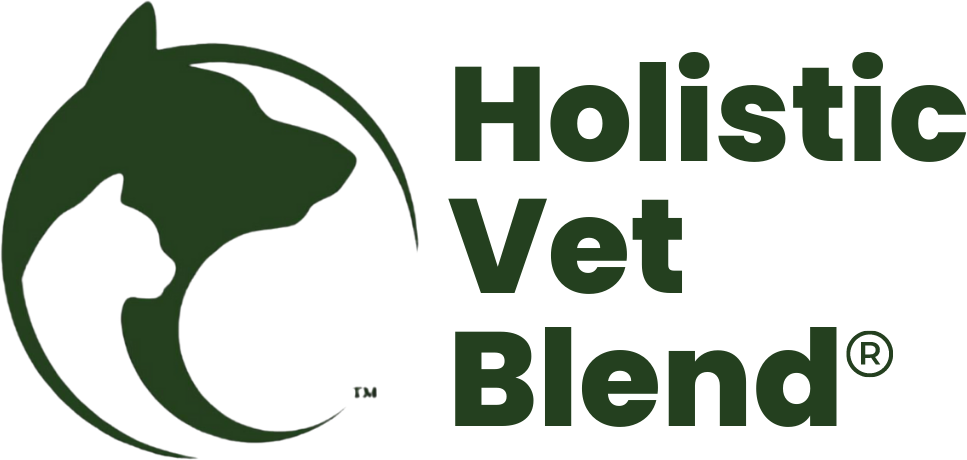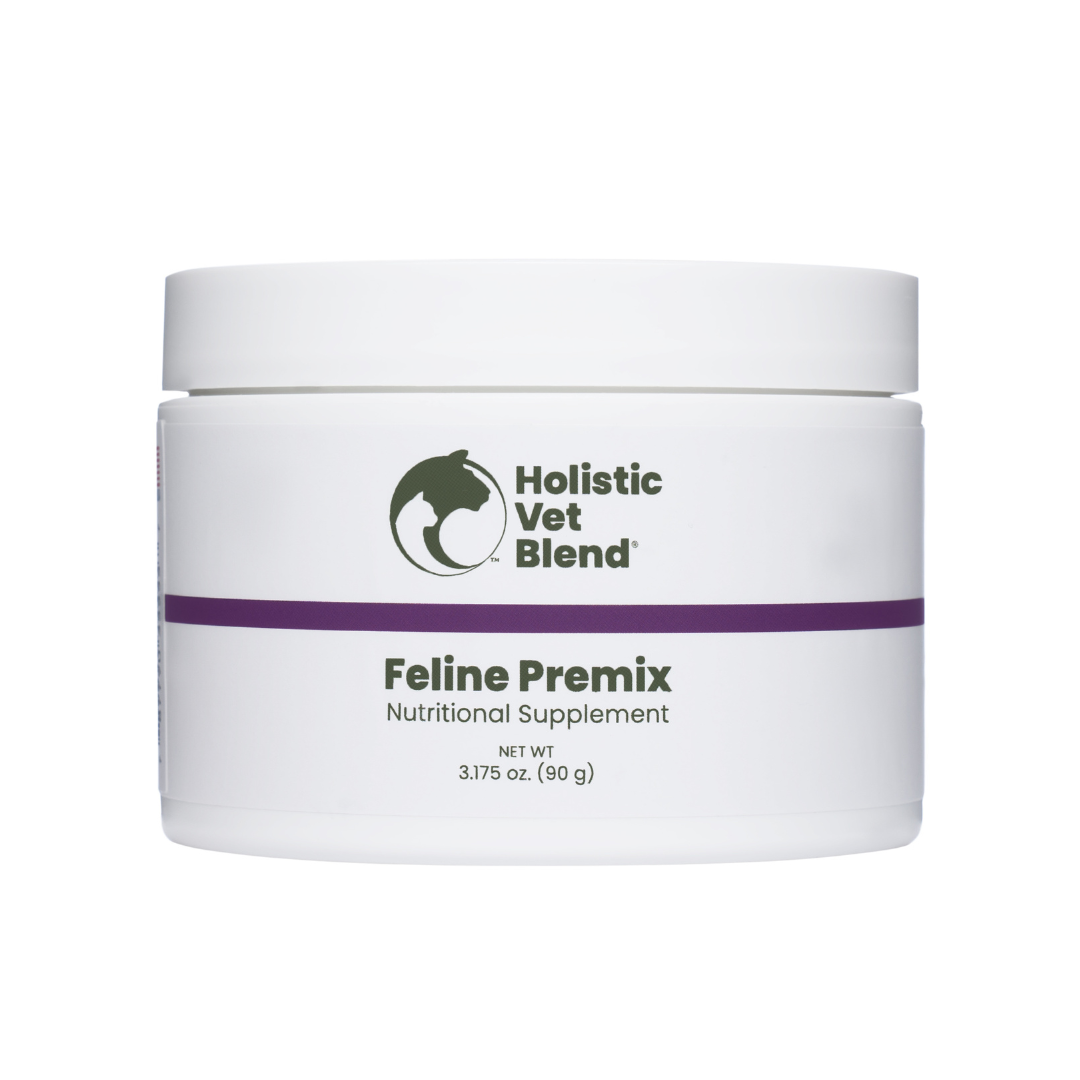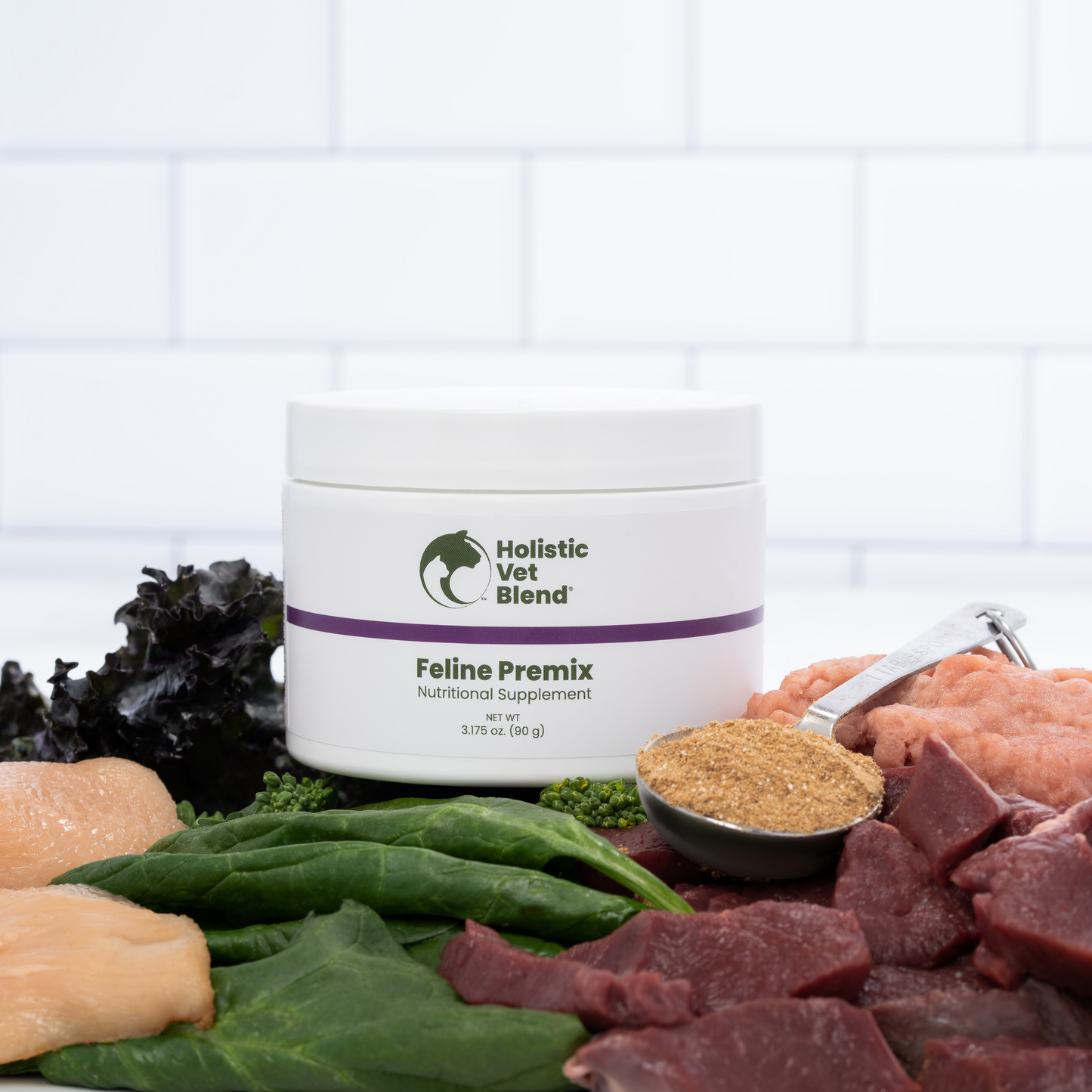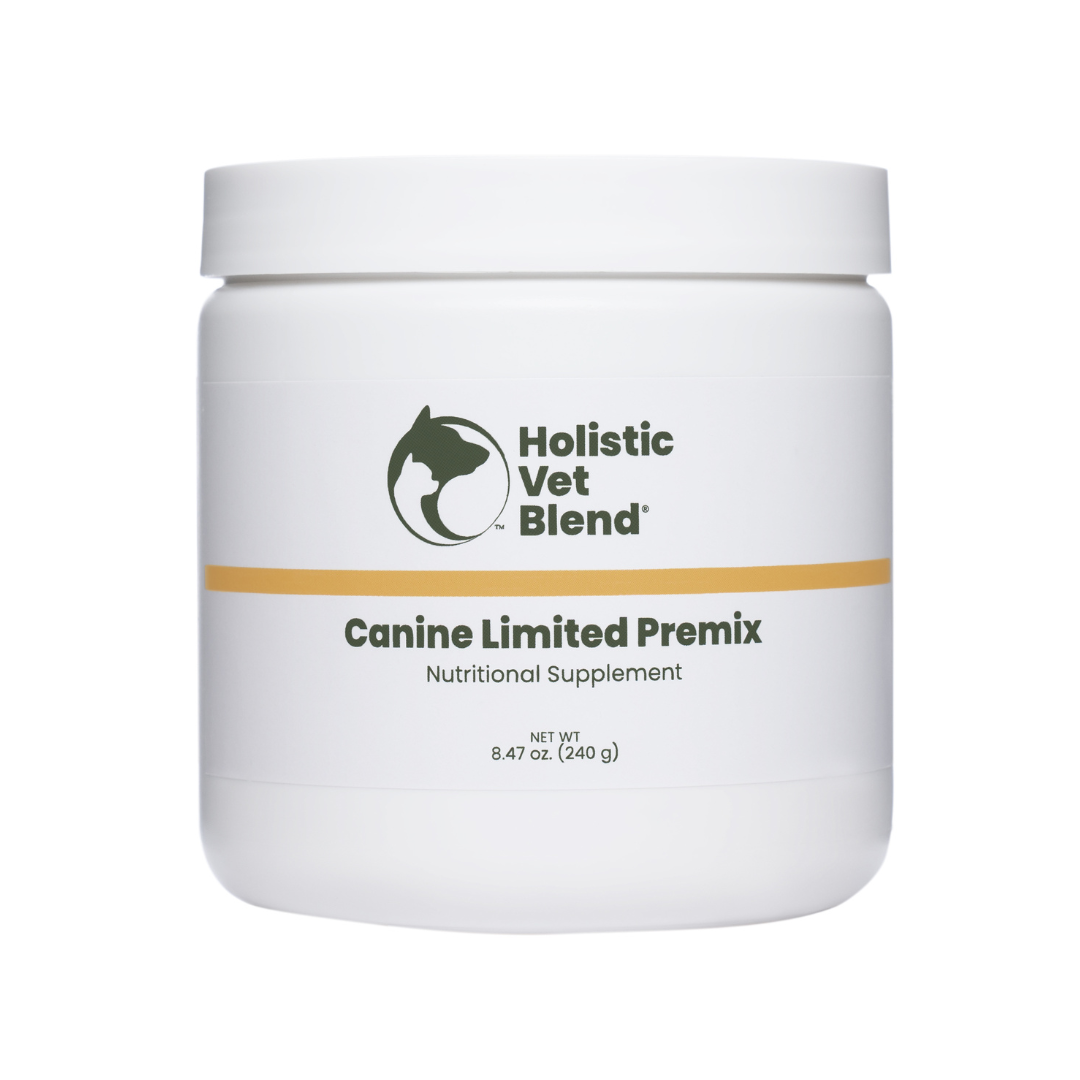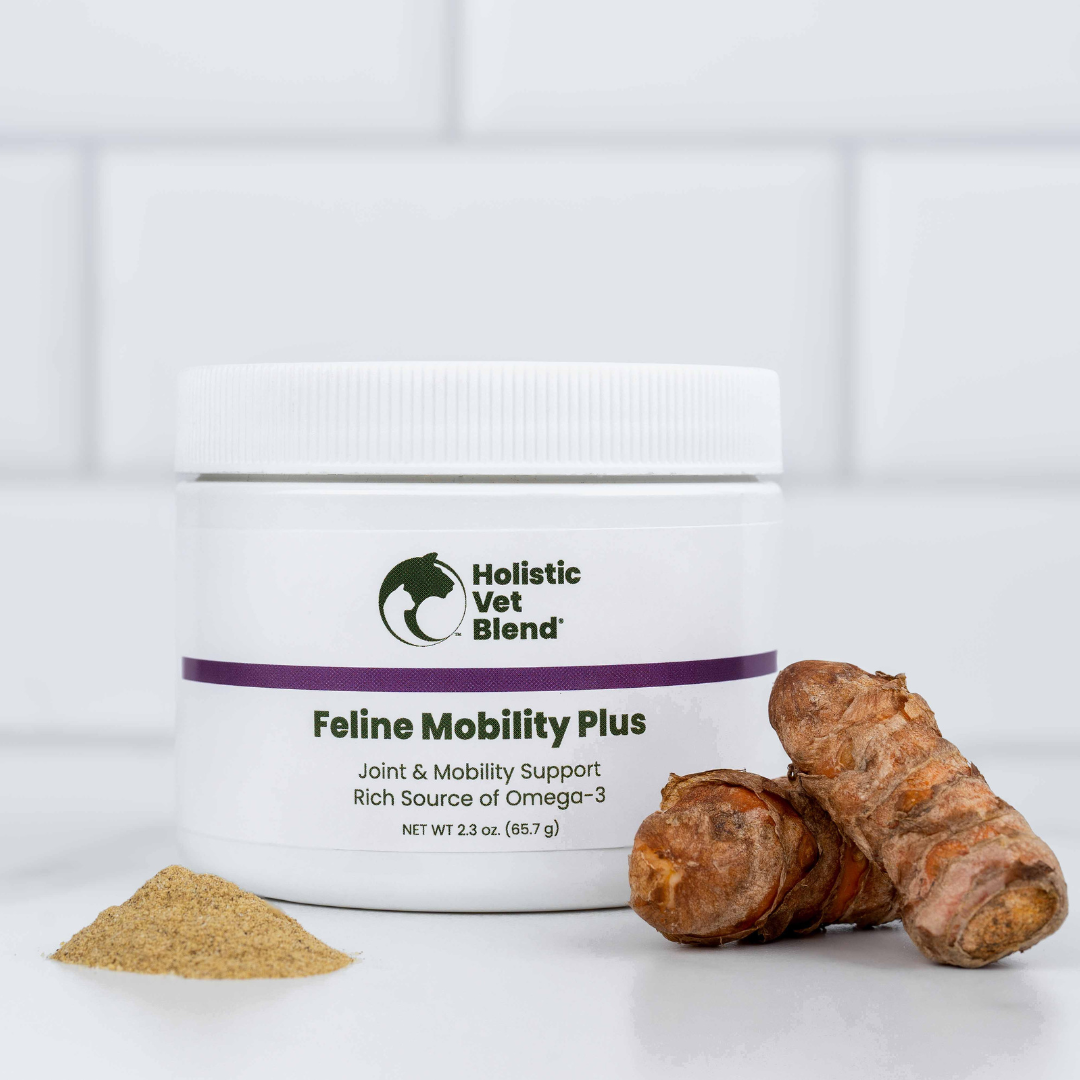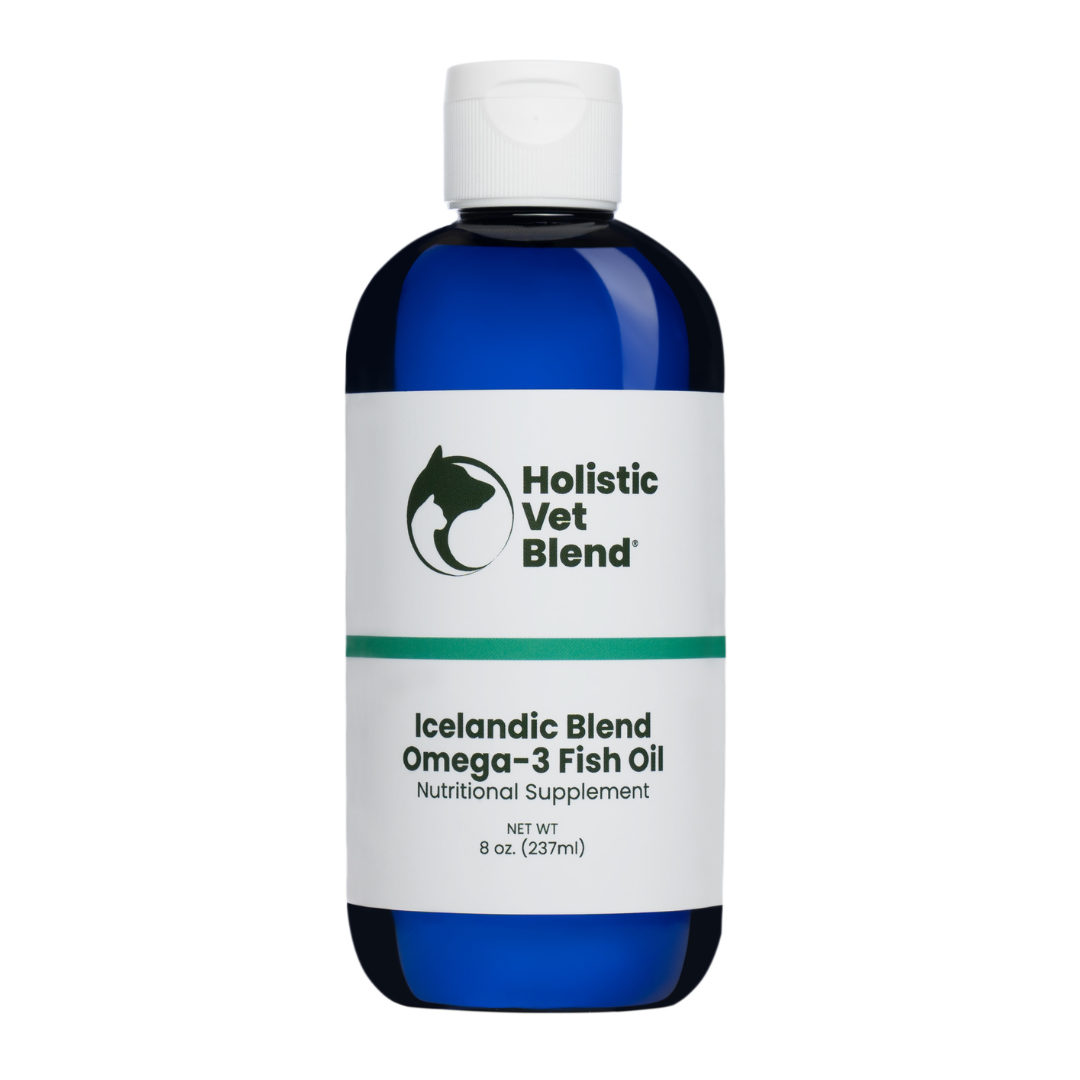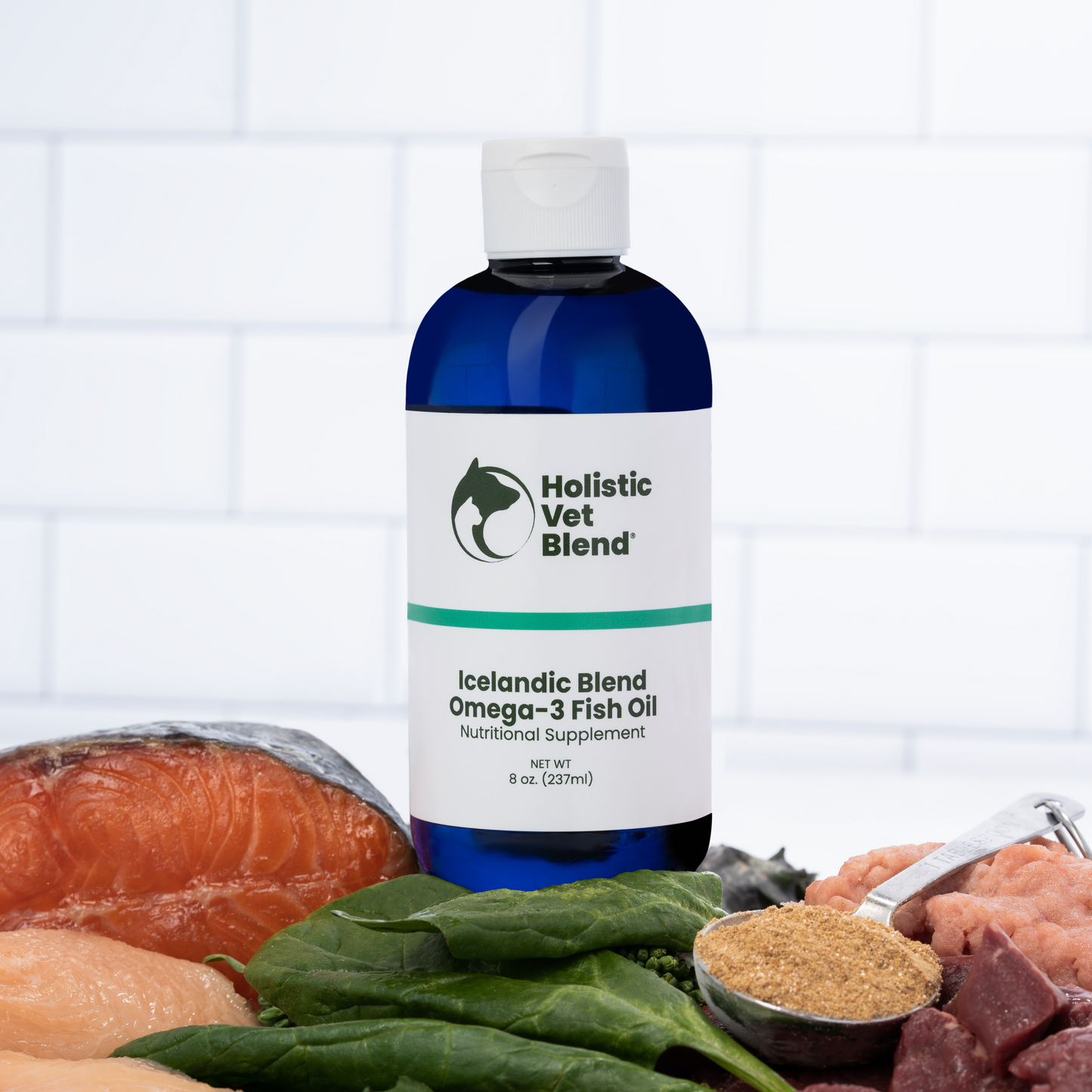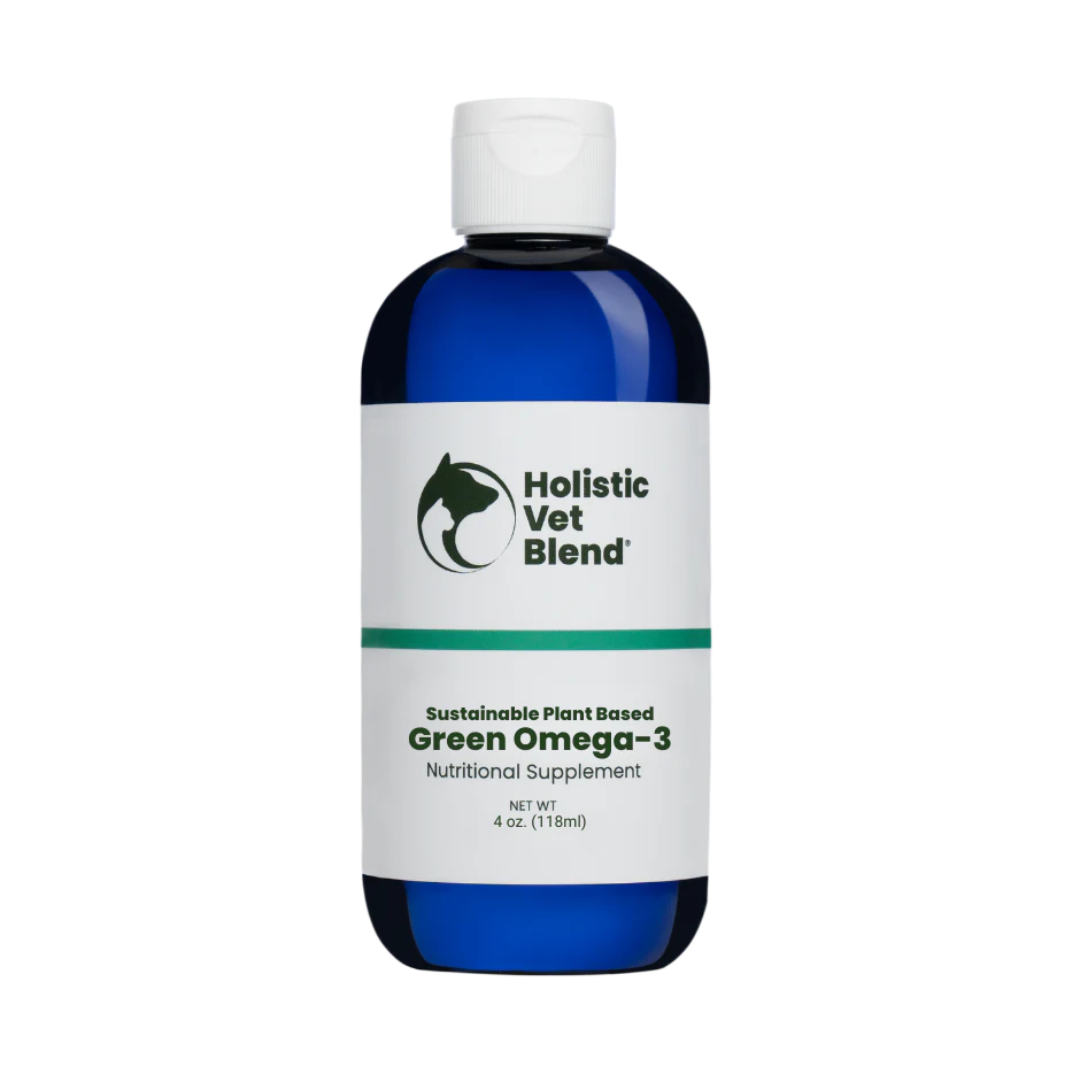
Key Highlights
- This blog post outlines a personal journey of creating a homemade allergy-friendly diet for a dog named Remington.
- You'll find practical tips for understanding the principles of a limited-ingredient diet.
- The post details the ingredients and benefits of the homemade diet crafted for Remington, emphasizing the positive transformation observed.
- It also touches upon alternatives like prescription and hydrolyzed protein diets and their pros and cons.
Introduction
Understanding Limited Ingredient Diets for Dogs: A Success Story
As a holistic veterinarian, one of the most fulfilling aspects of my practice is witnessing the transformation of pets through tailored nutrition. Recently, I had the pleasure of working with a lovely dog named Remington, who was struggling with persistent skin issues and gastrointestinal discomfort. After careful evaluation, we decided to implement a limited ingredient diet to pinpoint her food sensitivities and promote healing. Remington’s journey not only illustrates the effectiveness of this dietary approach but also highlights the importance of understanding our pets' nutritional needs.
Identifying Common Symptoms of Food Allergies
Food allergies in dogs can show up in different ways. This makes it hard to find the exact cause. Dogs don't get respiratory symptoms like humans do. Instead, food allergies often affect the skin and the digestive system.
One of the most common signs is itchy skin. This can appear as scratching, licking, or biting their paws, ears, and other body parts. You may also notice hair loss, hot spots, or ear infections that keep returning. There can be digestive problems too, like vomiting, diarrhea, gas, and bloating, which may also point to food allergies.
If your dog has any of these signs, it's very important to talk to your veterinarian. They will help you rule out food allergies by feeding a novel or limited-ingredient diet.
Understanding the Impact of Diet on Dog Health
What we feed our dogs is important for their health and energy, just like it is for us. A good and healthy diet can help their immune system, improve their skin, and lessen allergy issues.
High-quality dog food gives essential nutrients, vitamins, and minerals. A minimally processed diet is also more likely to have a low Omega-6 to Omega-3 ratio.
The Principles of a Limited Ingredient Diet
A limited ingredient diet (LID) is designed to minimize the number of ingredients a pet consumes, helping identify potential food allergies or intolerances. By restricting the diet to just a few carefully selected ingredients, we can effectively isolate and monitor a pet's response to them. This approach is particularly beneficial for dogs exhibiting symptoms like itching, gastrointestinal upset, or chronic ear infections, as it allows us to determine if specific food components are the culprits.
The concept behind LIDs is straightforward: the fewer ingredients a pet is exposed to, the easier it is to identify which ones may be causing adverse reactions. For example, if a dog has been eating a diet with multiple proteins, grains, and additives, it can be challenging to pinpoint the exact source of a reaction. In contrast, a limited ingredient diet focuses on just a few key components, making it easier to track changes in the pet’s health.
What Constitutes a Limited Ingredient Diet?
A limited ingredient diet usually includes a novel protein. This means a protein your dog has not eaten before. Common choices are venison, duck, rabbit, or fish. It is important to stay away from the most common ingredients in regular dog food. These include chicken, beef, dairy, wheat, soy, and corn, which often cause allergies.
This recipe can be adjusted based on your dog’s preferences or any specific dietary needs. For instance, if your dog enjoys other vegetables, feel free to incorporate options like sweet potatoes or green beans, while ensuring that all ingredients remain safe and non-allergenic.
Exploring Alternative Proteins
In addition to venison, there are several other alternative protein sources that can be beneficial for dogs with food sensitivities. These include:
- Duck: A rich, flavorful protein that is often well-tolerated by dogs who are allergic to more common meats.
- Bison: Lean and nutrient-dense, bison is another great option that offers a different flavor profile for picky eaters.
- Turkey: Many dogs enjoy turkey, and it's a good source of protein, though some may still have sensitivities to it.
- Rabbit: This novel protein is particularly gentle on the digestive system and is less likely to cause allergic reactions.
- Lamb: While lamb is considered a novel protein for some dogs, it can still cause reactions in others, so monitor your pet’s response closely.
Incorporating these alternative proteins into your dog’s diet can provide variety while helping to identify any specific allergens. The key is to introduce new proteins gradually, allowing your dog’s system to adjust while observing for any adverse reactions.
Benefits of Adopting a Limited Ingredient Approach
Switching to a limited-ingredient diet gave many benefits to Remington. By using fewer ingredients that were chosen carefully, she avoided things that could trigger her food sensitivities. This helped calm her stomach and reduce bad reactions.
Also, adding ingredients high in omega-3 fatty acids, like fish or algae oil, made her skin and coat look better. You could see the change – Remington's itchy skin became less irritated, and her coat got its shine back.
Here’s a quick list of the key benefits:
- Less chance of reacting to allergens
- Better digestion and nutrient use
- Healthier skin and coat
- More energy and overall well-being
Crafting Remington's Allergy-Friendly Diet
Ingredients:
- 3 lbs ground venison (or alternative protein like duck, bison, turkey, or rabbit)
- 2 tablespoons coconut oil
- 1 pound carrots, diced into bite sized pieces
- 8 ounces of kale, chopped with large stems removed
- 2 cups quinoa
- 5 cups of water
- 2 Tbsp of coconut oil
- 2 Tbsp of Holistic Vet Blend Canine Limited Premix
- 2 tsp of Holistic Vet Blend fish oil or 1 tsp of Holistic Vet Blend Green Omega-3 algae oil (a good alternative if you suspect a fish allergy)
Instructions:
- In a large pot, heat coconut oil over medium heat.
- Steam the diced carrots in a stock pot (approximately 8-10 minutes until fork soft).
- Prepare the quinoa in a 3 quart pot per package instructions, adding 2 cups to 5 cups water. Bring to a boil and lower heat to simmer for 12 minutes until done.
- Add ground venison and cook until browned, ensuring it's cooked thoroughly.
- Add the kale to the meat at around 5 minutes. It will wilt and finish cooking with the meat.
- Mix the meat/kale mixture with the carrots and quinoa.
- Cool the recipe to at least 120 degrees.
- Add the premix and fish or algae oil.
- Mix well.
- Freeze what you will not use in 4 days.
Feeding Guide
Observing the Transformation: Before and After
Transitioning Remington to a homemade diet that is friendly for her allergies was a big step. We saw quick and clear improvements in her health and attitude. It was wonderful to see her do so well on a diet made just for her.
The good effects of these dietary changes were clear. Remington had more energy, her skin allergies got better, and she seemed much happier.
Long-term Health Benefits for Remington
Sustaining Remington's homemade diet, which includes homemade and allergy-friendly dog treats, has led to great long-term benefits. Her skin health is much better now. There is less dryness and itchiness. Her coat looks shinier and softer, showing her improved overall health.
Also, her stronger immune system helps her fight off allergens better. This means she has fewer flare-ups and feels more balanced. The simple ingredient diet, along with no artificial additives found in commercial dog food, has really boosted her well-being.
Switching to a homemade diet wasn't just about her allergies. It was about giving her the healthy food she needs to thrive. The big improvements in her health and happiness confirm that we made the right choice to focus on her dietary needs and her long-term well-being.
Alternatives and Considerations for Special Diets
Homemade diets can be very good for dogs. However, there are other options for dogs that have special dietary needs. Prescription diets made with hydrolyzed proteins are often suggested by vets to help manage allergies.
Prescription Diets vs. Homemade Solutions
When dealing with food allergies in your dog, you have two main options: commercial prescription diets or homemade dog food recipes. Both choices have benefits, but the best one depends on your dog's needs and your preferences.
Prescription diets are often suggested by your vet. They use hydrolyzed proteins, which are broken down into small parts that are less likely to trigger allergies. These diets are checked closely for quality and are made to meet specific needs. However, they can be pricey and may have ingredients that some pet owners want to avoid.
Limitations of Long-term Use of Hydrolyzed Protein Diets
While hydrolyzed protein diets can be effective for managing allergies, they are not without drawbacks. Many of these diets are highly processed, which can lead to a lack of essential nutrients. Over time, a dog may experience deficiencies in vitamins and minerals crucial for overall health. Moreover, some dogs may develop sensitivities even to hydrolyzed proteins, making it essential for pet owners to monitor their pets closely and consult with their veterinarian regularly.
Long-term reliance on prescription diets can also be costly and inconvenient. Many pet owners find themselves frustrated by the limited options available in commercial diets and may want to explore more natural alternatives that can still meet their pets' needs without the drawbacks of processing.
Making homemade dog food gives you complete control over the ingredients. If you work with a veterinary nutritionist, you can create a dog food recipe that suits your dog's allergies while keeping it balanced in nutrition. This method allows for customization and can help avoid unwanted additives. However, it does need more prep time and careful attention to the vet's advice.
Hydrolyzed Protein Diets: Pros and Cons
Hydrolyzed protein diets employ a unique process where protein sources are broken down into smaller peptides, diminishing their ability to trigger an allergic reaction in sensitive dogs. These diets, often recommended by veterinarians, come in both commercial and homemade forms. They can be particularly beneficial for dogs with severe food allergies unresponsive to traditional hypoallergenic dog treats or limited-ingredient diets.
However, it's important to consider the potential drawbacks. The taste and texture of hydrolyzed protein diets might not be universally appealing to all dogs, and some may experience initial digestive upset. While this typically subsides, it’s essential to monitor your dog closely during the transition phase.
Here’s a concise table highlighting the pros and cons:
|
Pros |
Cons |
|
Reduced allergenicity due to smaller protein peptides |
Potential for unpalatability to some dogs |
|
Often effective for severe food allergies |
Potential for initial digestive upset |
|
Available in commercial and homemade options |
Can be relatively expensive |
Conclusion
If your dog is struggling with food allergies or intolerances, I encourage you to try the Holistic Vet Blend Canine Limited Ingredient Diet. Our carefully formulated blend is designed to support your dog's health while minimizing allergens, helping you discover what works best for them. This diet not only emphasizes high-quality, natural ingredients but also provides the nutrition your dog needs to thrive.
By choosing the Holistic Vet Blend, you can take an active role in your dog’s dietary health, promoting a happier, healthier life. Reach out today to learn more about how we can help your furry friend flourish with tailored nutrition!
Remington’s story is just one of many that highlight the power of a limited ingredient diet in supporting our pets’ health. By understanding the various dietary options available, including limited ingredient and hydrolyzed protein diets, you can make informed choices that prioritize your dog's well-being. Exploring alternative proteins and preparing wholesome, home-cooked meals can empower you in your journey toward optimal pet health. Together, let’s ensure our beloved companions enjoy the vibrant, healthy lives they deserve!
Frequently Asked Questions
Can any dog switch to a limited ingredient diet?
Switching to a limited ingredient diet can help many dogs, especially those who have allergies or sensitivities. But it is important to talk to a veterinarian before changing your dog's diet. This will make sure it provides all the nutrients your dog needs.
How do I start my dog on a limited ingredient diet?
A slow change is important. Don’t make a sudden shift. Start by adding small bits of new food to your dog's regular diet. Over one or two weeks, slowly increase the amount of new food. This helps your dog's body adjust. You can also give them new, healthy dog treats to make the change easier.
